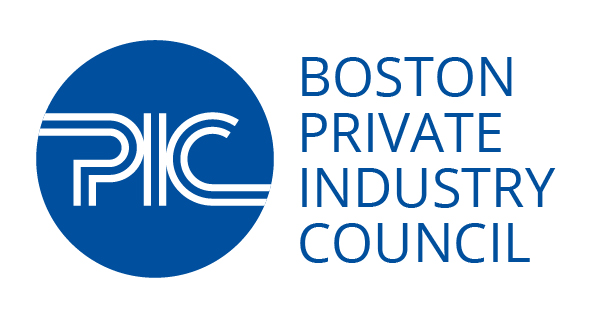The Youth Transitions Task Force (YTTF) is a cross-sector collective impact initiative comprised of a broad group of partners—including the Boston Public Schools (BPS), community organizations, city departments, state agencies, and philanthropy— coming together to address the dropout crisis. The objective was to learn more about the problem, develop new practices, and promote positive systems change, with the goal of bringing the high school dropout rate to zero.
The Task Force has partnered with each BPS administration since 2004 to have a substantial impact – the number of dropouts has decreased from 1,827 (9.9% rate) in 2006 to 650 (4.5% rate) in 2023. Signature achievements of the BPS in partnership with the YTTF include: the Re-Engagement Center, online credit recovery, summer graduation for off-track students, and a Multi-Tiered System of Supports (MTSS). Currently, the Task Force is proud to be a part of the I’m In Attendance Campaign.
The group meets monthly with the goal to increase visibility of dropout prevention and recovery by conducting research, making policy recommendations, and piloting innovative changes in practice. The PIC acts as the YTTF’s convener.
Foundational Recommendations
The YTTF’s six recommendations are the foundation of its research and advocacy work.
- Refine dropout data collection and deepen the analysis.
- Develop early intervention strategies and an outreach and referral system for dropouts.
- Increase the number and variety of alternative education and training opportunities.
- Create school climates that are welcoming and respectful.
- Increase coordination among schools, alternative programs, and city agencies to close gaps.
- Develop revenue strategies for alternative programs, early intervention, and outreach to dropouts.
History
In the fall of 2004, Boston was in crisis. More than 1,800 high school students dropped out of the BPS in school year 2005-06. Students who have dropped out are at risk for lower employment rates, lower earnings, and higher rates of reliance on public assistance than their peers who earned a high school diploma.
Driven by a spirit of collaboration and a shared mission, the YTTF has seen tremendous success. Since the inception of the YTTF, dropout numbers have fallen from close to 2,000 to around 700 a year. The Task Force currently works with BPS on recommendations on lowering the dropout rate, reducing chronic absenteeism, increasing the variety and quality of alternative education programs, and promoting career pathways. Not only did we work in partnership with BPS, we also worked with state partners to impact the graduation and dropout rates at the state level.
For more information about the Youth Transitions Task Force, contact Kathy Hamilton, Youth Transitions Director.
